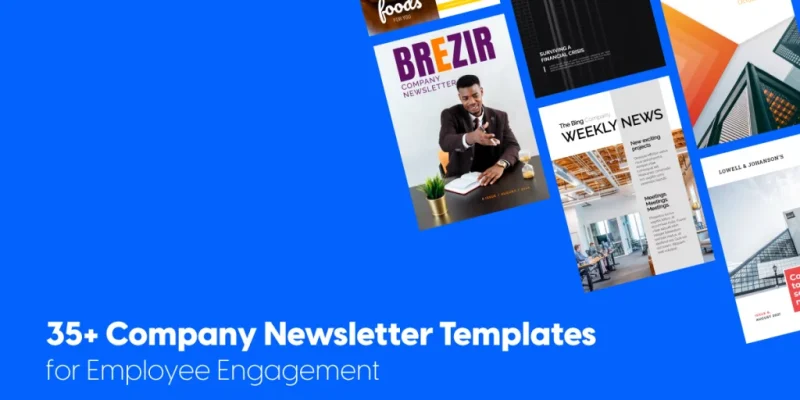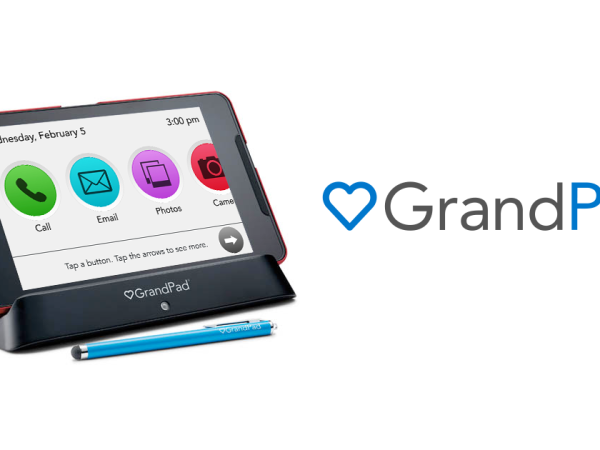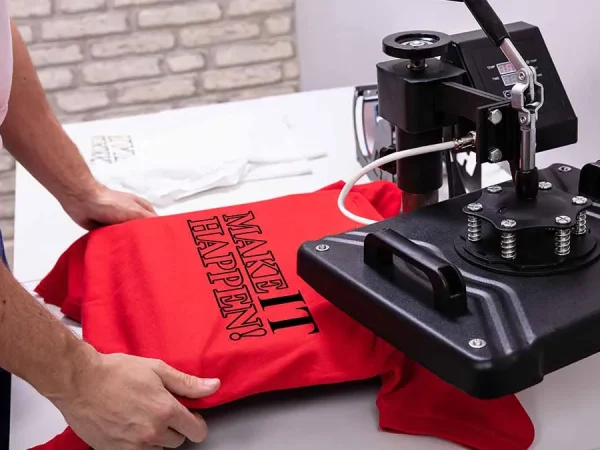How to Create a Business Newsletter That Engages & Converts

A business newsletter is a powerful tool for keeping customers informed, building relationships, and driving sales. Whether you’re a small business, startup, or established company, an effective newsletter can boost engagement, strengthen your brand, and increase revenue.
In this article, we’ll explore what a business newsletter is, why it’s important, and how to create a business newsletter one that gets results.
What is a Business Newsletter?
A business newsletter is a regularly sent email that provides valuable information to customers, clients, or subscribers. It can include:
- Company updates & news
Industry insights & trends
Special offers & promotions
Educational content & tips
Unlike promotional emails, newsletters focus on engagement and value, rather than just sales.
Why Every Business Needs a Newsletter
Builds Customer Relationships
A newsletter keeps your business top-of-mind and fosters trust with your audience.
Increases Website Traffic
Sending valuable content with links to your website drives more visitors to your pages.
Boosts Sales & Conversions
Sharing exclusive promotions & discounts encourages subscribers to make purchases.
Positions Your Business as an Authority
Providing industry insights establishes you as a thought leader in your niche.
Cost-Effective Marketing
Compared to paid ads, newsletters are an affordable way to reach your audience regularly.
Example: A local bakery sends a weekly newsletter with baking tips, new menu items, and special offers, keeping customers engaged.
How to Create an Effective Business Newsletter
Step 1: Define Your Newsletter Goals
- Ask yourself:
Do I want to increase sales, build engagement, or educate my audience?
Who is my target audience?
How often should I send newsletters (weekly, bi-weekly, or monthly)?
Tip: A clear goal ensures your newsletter content stays focused and relevant.
Step 2: Choose a Newsletter Platform
There are several email marketing tools to help you design, send, and track newsletters:
| Platform | Best For | Pricing |
| Mailchimp | Small businesses, beginners | Free (basic) to $299/month |
| ConvertKit | Bloggers, content creators | Starts at $9/month |
| Constant Contact | eCommerce, nonprofits | Starts at $12/month |
| HubSpot | Large businesses, CRM integration | Starts at $20/month |
Choose a platform that suits your business size and marketing needs!
Step 3: Create Compelling Content
A business newsletter should be informative, engaging, and action-driven.
- Types of Content to Include:
Company updates – New products, events, achievements
Industry insights – Trends, news, expert tips
Customer success stories – Testimonials, case studies
Promotions & discounts – Exclusive deals for subscribers
Call-to-action (CTA) – Encourage readers to visit your website, book a service, or make a purchase
Pro Tip: Use a mix of value-driven content and promotions to keep subscribers engaged.
Step 4: Design a Professional Layout
Your newsletter should be visually appealing and easy to read.
- Use a clean, branded template
Include images & videos to make content engaging
Make it mobile-friendly (70% of emails are opened on mobile!)
Keep paragraphs short for easy scanning
Example Layout:
Header: Business logo & newsletter title
Introduction: Personal greeting & topic overview
Main Content: Industry news, company updates, featured article
Promotion/Offer: Discount code or special deal
Call-to-Action (CTA): “Shop Now,” “Read More,” or “Book an Appointment”
Step 5: Optimize for Higher Open Rates
To ensure more people read your newsletter, follow these best practices:
- Write attention-grabbing subject lines (e.g., “5 Secrets to Boosting Your Business in 2024!”)
Personalize emails (e.g., “Hi [First Name], Here’s Something Special for You!”)
Avoid spam words like “free money” or “limited time offer” to prevent emails from going to spam
✔ Send at the right time (Tuesday & Thursday mornings work best)
Example Subject Line:
Bad: “SALE! Limited Time Offer Inside” (too promotional)
Good: “Exclusive Business Insights You Don’t Want to Miss!” (value-driven)
Step 6: Track & Improve Your Newsletter Performance
After sending your newsletter, monitor key metrics to improve future emails:
| Metric | What It Measures | Ideal Rate |
| Open Rate | % of subscribers who opened the email | 20-30% |
| Click-Through Rate (CTR) | % of readers who clicked a link | 2-5% |
| Unsubscribe Rate | % of people who unsubscribed | < 1% |
Tip: A/B test different subject lines, content formats, and sending times to optimize results.
Conclusion
A business newsletter is a valuable tool for engaging customers, driving traffic, and boosting sales. To create a high-performing newsletter:
- Define your goals & audience
Use a reliable email marketing platform
Create valuable & engaging content
Optimize subject lines & design for readability
Track performance & improve over time
Ready to grow your business with a powerful newsletter? Start today and keep your audience engaged!
FAQs
1. How often should I send a business newsletter?
Weekly or bi-weekly is ideal, but consistency is key. Choose a schedule that you can maintain.
2. What should I avoid in a business newsletter?
- Overloading with too many promotions
Writing long, text-heavy emails
Sending emails without a CTA
3. Can I use AI tools to create newsletters?
Yes! AI tools like ChatGPT, Jasper, and Copy.ai can help generate subject lines, content ideas, and email copy.
4. How do I get more newsletter subscribers?
- Add a sign-up form on your website
Offer free resources (ebooks, guides) in exchange for emails
Promote on social media & blog posts
5. Are newsletters still effective in 2024?
Absolutely! Email marketing has an average ROI of $42 for every $1 spent, making newsletters one of the most cost-effective marketing tools.
Also read: Netflix Employee Benefits: A Complete Guide for 2024











